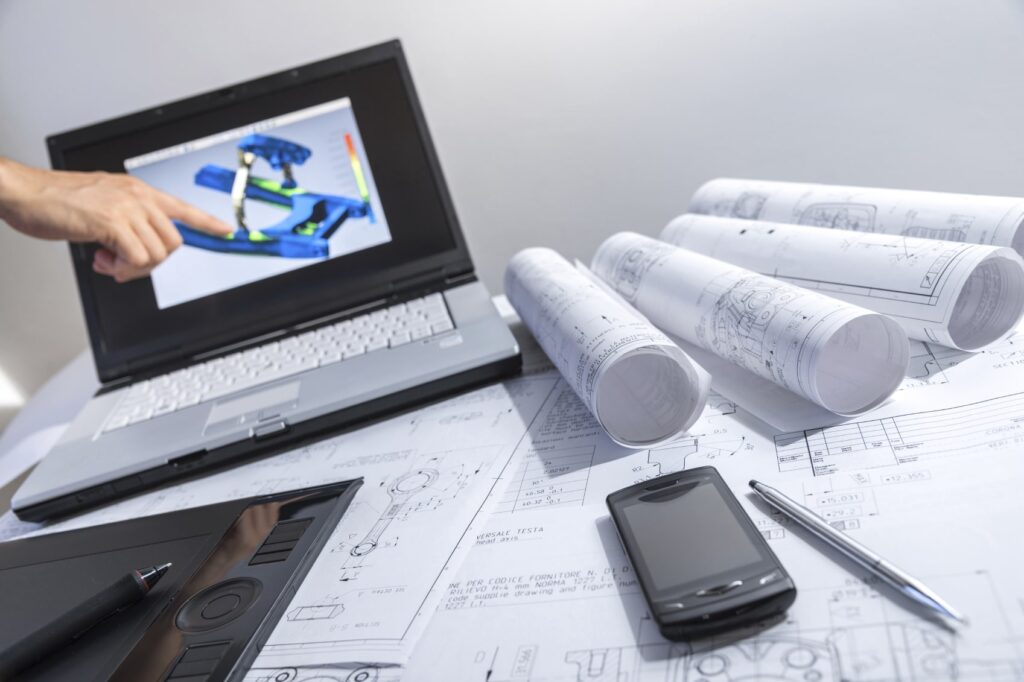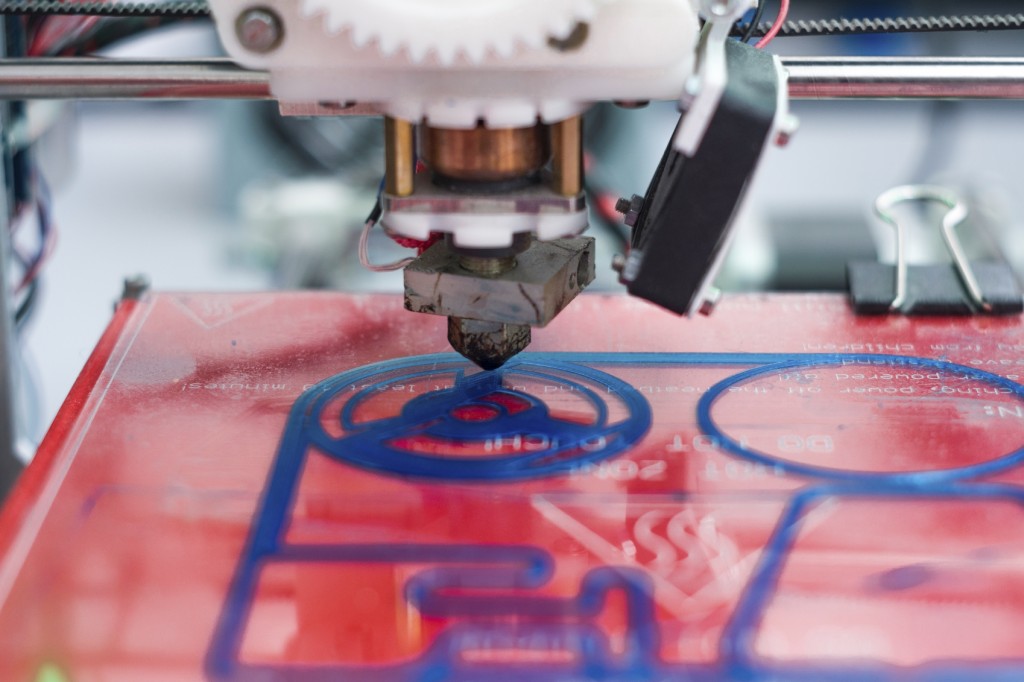The Engineering Design Process
Whether developing a completely innovative design or remaking one for optimised results, in engineering it’s vital to ensure only the best possible service every step of the way. The design process is a complex one that results in optimised end products, which answer the needs of both clients and society.
From the first moment that the engineering problem was brought to attention and until the last moment in which the problem has been addressed and a design completely tested and manufactured, engineers across the world share their expertise and knowledge in order to provide only the highest quality of service.
Defining the Problem
The design process in engineering typically occurs in response to a human need. In the industry, engineers are often directly involved with defining the problem but they might not be the first ones to recognise it. Clients or the market itself define these problems, often bringing them to engineers’ attention.
To instil a problem-solving process, the problem needs to be clearly defined. After identifying the clients’ need, engineers identify it from their point of view. Running experiments, collecting data, and computing variables are involved.
Considering that each problem is unique, engineering teams from different backgrounds gather to ensure that each criterion of the problem is addressed.
Exploring Solutions and Optimising Design
After the problem is expertly defined, it’s necessary to explore the different possible solutions. This step benefits from software such as CAD design and 3D rendering, which allows engineers to quickly formulate several variations of a design.
Building and testing concepts that address the problem is done thoroughly to ensure that the final solution is the most accurate one. Accuracy in engineering is vital, as many problems addressed by engineering are responses to human needs like lifts in buildings and bridges.
Implementing the Design
Testing the design, whether by simulation, by rapid prototyping, or both, ensures that a working version of the design is put to test under real conditions. Only after a prototype is thoroughly tested is the final manufacturing phase put into place.
This phase can sometimes involve going back to the drawing board, as testing shows both the weaknesses and the strengths of the design. Taking in the strong points in a design and working over the weak ones in order to surpass them, engineers test, re-design, and optimise every aspect of design in order to ensure that the final product is the best it could possibly be.
At European Springs, we always ensure every step of the design and manufacturing process is put through rigorous testing, guaranteeing the highest possible quality of our products. Take a look at our catalogues or simply get in touch for a bespoke design!

